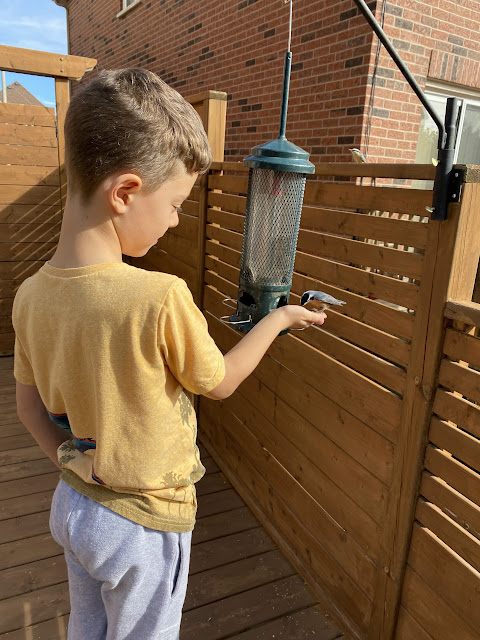PUTTING GARDEN TO BED

Years ago, I would spend hours and hours cleaning up the garden so that it was transformed into a barre n bed of lumpy soil. To put the garden to bed I cut back all my perennials, I pulled out all my annuals, I raked the leaves from the garden and lawn and dug up, pulled all the weeds, and turned over the soil. It was a lot of backbreaking grunt work, but I thought it was necessary to get the garden ready for spring planting. Then, after reading about the components and importance and healthy soil I realized I had been doing a lot of counterproductive and unnecessary work. First of all I learned that soil is teeming with living organisms inducing bacteria, archaea, actinomycetes, fungi, algae, protozoa, and a wide variety of larger soil fauna, including springtails, mites, nematodes, earthworms, ants, and insects that spend all or part of their life underground, including larger organisms such as burrowing rodents. It tu rns out one teaspoon of...

